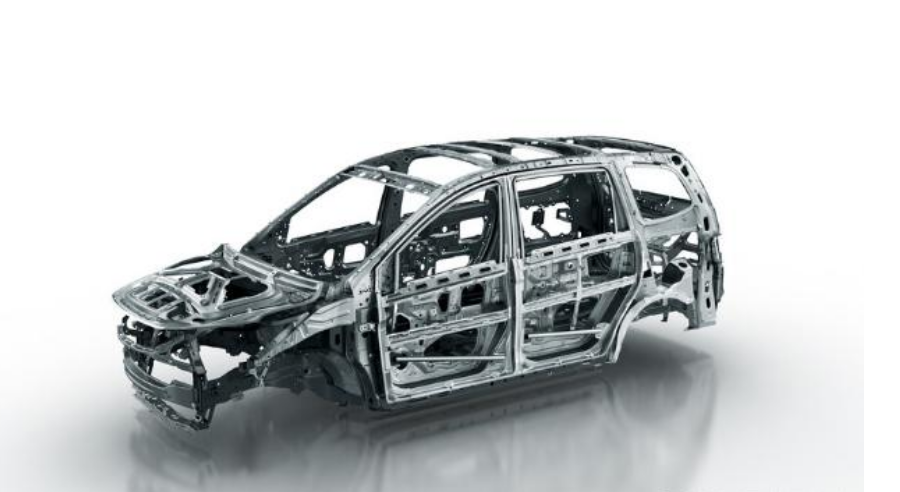The application of integrated die casting technology has begun to cause new changes in the automotive industry. This new technology was introduced by Tesla into the electric vehicle industry. Based on heat-free aluminum alloy materials and large ultra-high clamping force die-casting machine equipment, multiple auto parts are die-cast into one part. In practical applications, this technology can lighten the vehicle to a certain extent, thereby improving the battery life of electric vehicles; reducing production processes, reducing production costs, and improving production efficiency.
At present, Tesla’s integrated die-casting products have been applied to Tesla Model Y. Under the leadership of Tesla, new car manufacturers and traditional car companies at home and abroad have begun to deploy integrated die-casting technology, and some products have entered the mass production stage.
However, the application of this new technology is also accompanied by some controversy. Among them, the most controversial is: car companies have reduced production costs through integrated die-casting technology, but consumers face higher maintenance costs and insurance costs due to the increased maintenance difficulty brought about by integrated die-casting parts. This means to a certain extent that the costs of car companies are passed on to consumers.
In fact, whether it is integrated die-casting or CTC technology, or the application of accessories such as lidar, the fuel economy of electric vehicles has been reduced to a certain extent. However, from another perspective, this change may bring about a fundamental change in the logic of the auto industry.
At present, the application of new technologies has become the general trend, and the changes brought about by new technologies such as integrated die-casting may reshape the development logic of the automobile industry.
Tesla has been the most representative changer since the era of electric vehicles began. In the field of electric vehicle manufacturing, Tesla has introduced a number of new technologies that lead the industry trend, such as 4680 battery, CTC technology and integrated die-casting technology.
These three technologies have all led the development direction of the electric vehicle industry to a certain extent. Based on the innovation of battery modules and materials, the technology of integrating power batteries into the chassis has become commonplace, and models with related technologies have been mass-produced and launched. The integrated die-casting technology is currently only used in Tesla Model Y, but this technology has become a new development direction for electric car companies.
Speaking of which, die casting is not a new technology. With the widespread application of aluminum alloys brought about by the trend of automobile lightweight, die-casting aluminum alloys are currently widely used in the automobile manufacturing industry. According to the research report of Tianfeng Securities, die-casting aluminum alloy products currently account for about 54% to 70% of the aluminum used in automobiles. There are also precedents for using aluminum alloy die-casting larger parts in automobiles. For example, the Cadillac CT6 launched in 2018 uses larger die-casting aluminum alloy parts, reducing the number of body parts from 227 to 31.
The most important change of Tesla’s integrated die-casting is that it uses special heat-free aluminum alloy materials and uses ultra-high pressure die-casting machines to form multiple automotive aluminum alloy parts at one time, reducing the number of parts required for cars and the corresponding welding. process. Compared with the traditional stamping + robot welding production process, integrated die-casting has significant advantages such as light weight, cost reduction and efficiency increase, and improved part strength.
Tesla proposed integrated die-casting technology in 2019. In 2020, Tesla began to cooperate with die-casting equipment manufacturer Idra to use the 6,000-ton die-casting unit Giga Press to complete integrated die-casting. Prior to this, Tesla has completed the research and development of heat-free aluminum alloy materials, which can solve many problems such as deformation of integrated aluminum alloy materials after high-temperature heat treatment.
On the Tesla Battery Day in September 2020, Musk announced that Model Y will use an integrated die-cast rear floor assembly, which can reduce the weight of the lower body assembly by 30%, and thus reduce manufacturing costs by 40%.
Today, Tesla’s integrated die-casting rear floor assembly has been applied to Model Y models. Under the leadership of Tesla, new domestic and foreign car manufacturers and traditional car companies have actively deployed integrated die-casting technology, and integrated die-casting technology has ushered in an explosive node.

